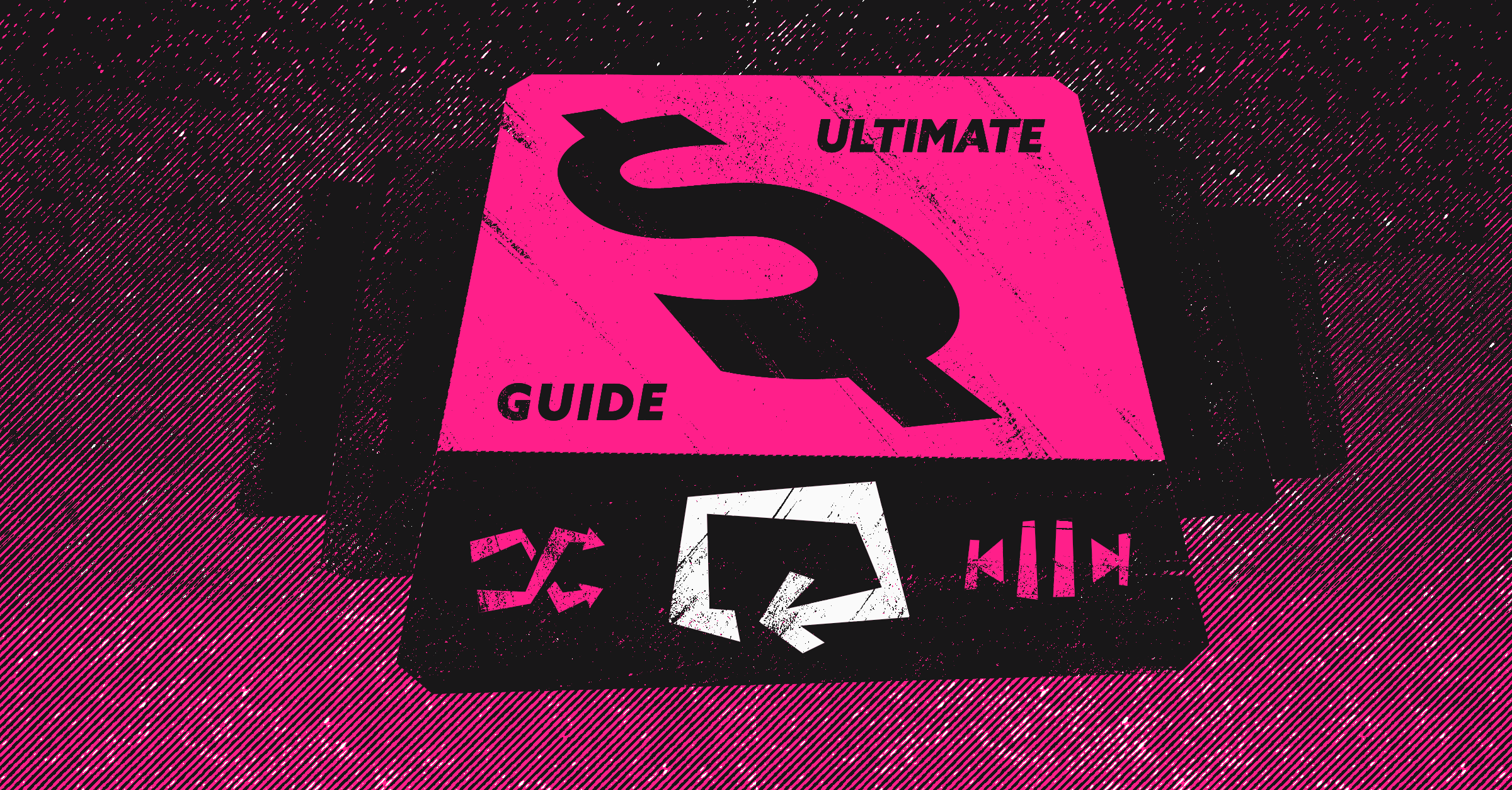
Let’s start with some scary numbers: the average tenure of a sales rep is 18 months and revamping them takes 3 months. That means that all the time and money invested in recruiting, hiring, and training new sellers is worth only for 15 months.
Yet plenty of sales leaders seem to think the only way to scale sales is to scale the sales team.
Facing such odds, wouldn’t it make more sense to ax sales hiring all together and hope you hit the jackpot with the superstar sales rep that ticks all the boxes? The short answer: no.
Depending on your company’s stage, filling out your sales team might be the thing you need to meet revenue goals and continue on a growth trajectory.
But throwing bodies at a number hides pre existing inefficiencies, which isn’t exactly a sustainable way to scale. Many companies also run the risk of overlooking the potential of the talent they already have.
Let’s take a look at why the best way to successfully ramp your reps, iron out the wrinkles in your sales process, and generate more consistent sales across the board probably doesn’t start with hiring — but in setting the reps you already have up for success.
Spoiler: It’s about the right kind of training, the right kind of process, and the right kind of coaching.
The Predictable Revenue Model is Predictably Inefficient
Data shows sales revenue scales faster through productivity led-growth than headcount (we’ll get to that in a minute).
First, a leading question: do you have a balanced sales team, or a couple super reps hiding inefficiencies on the team?
High-growth, early-stage startups in the SaaS space tend to make a similar mistake: embracing a frenetic, all-hands-on-deck sales approach at the expense of well-defined SOPs and processes.
The inevitable, long-term result? A rockstar minority of “super reps” that shoulder 80 percent of the load.
The Pareto principle comes to mind: you might not be surprised at the suggestion that a small minority of reps account for the lion’s share of revenue.
The best rise to the top. But middling reps experience a vicious cycle of boom and bust that ultimately yields a high attrition rate, directly impacting your overall sales numbers. The proof is in the pudding — Forbes estimated as many as 57 percent of sales reps missed their quotas in 2017.
But you can’t make the mistake of assuming optimization is impossible. The trick lies in bumping over the core of your sales team — the middle 60-70 percent — into the high-performing segment.
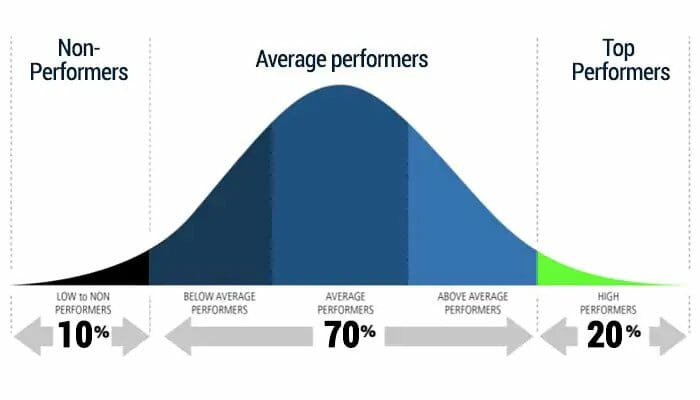
It’s hard to extract additional revenue from your top performers, who are already more than pulling their weight. (Though not impossible—high performer Patrick Amberguy improved quota attainment by 25% using Dooly).
Low-yield performers, on the other hand, might be struggling with job-fit, time management, or personal motivational issues that make improving unlikely short-term. Your best option for optimizing your sales process, then, starts with getting more out of the middle of the pack.
How do you convert your middle-performers into rainmakers? It’s better to go with a data-backed approach over volume-based or sales-behavior-based approaches. Harvard Business Review says that companies favoring a scientific approach to process — with targeted offerings, optimized automations, and data-informed decisions — can experience productivity jumps of up to 200 percent.
Focusing productivity improvement—rather than solely capacity increase through hiring new reps — led to $1.3M in additional revenue per rep.
When 50 percent of your sales reps are at quota and you’re still not hitting that big, audacious revenue goal, it’s time to take a step back.
Maybe 20 new sales reps aren’t what you need to scale. Instead, what if it’s the process that’s broken?
Before Adding Headcount, Evaluate Your Process
1. Examine Your ToFu
Do you have a problem with your top-of-funnel acquisition? If so, the culprit could very well be a lead quality issue.
We know that 50 percent of sales time is wasted on poor-fit prospects. But integrating better marketing concepts into top-of-the-funnel lead acquisition strategies could help.
From there, you can optimize the sales process moving toward the bottom of the funnel.
- What does a conversion look like for your company?
- Is it a free trial registration or an enterprise-level purpose?
- Finally, what is the role of customer success and retention at the bottom of the funnel?
2. Consider Outbound Efficacy
Between email, social, paid ads, and other acquisition strategies, there are several different points to consider when evaluating your outbound sales or marketing strategy.
But how do you evaluate your outbound efforts from the sales perspective?
One thing is measuring up your open rates and impressions — but sales teams can look at more revenue-side metrics and other needle-movers. Specifically:
- How many demos are reps booking?
- What’s the conversion rate from those demos?
3. Audit CRM data for Deal Cycle Issues
What is your current closing cycle length, and what should it look like? Are reps reaching the key contacts needed to close deals? What’s the ratio for deals closed or lost?
Finally, is there any sort of issue for the team working together cross-functionally?
4. Issues with Individual Rep Actions
What are some of the issues that are hampering reps’ ability to close on the individual level? Hint: think low lead volume, misaligned messaging, or problems handling objections. What do reps need to correct shortcomings?
The answers might be different across the board: it could be a matter of bringing playbooks front-and-center in the process, it could be a Salesforce adoption issue, or it could be something else entirely.
5. Bigger Picture Metrics
Finally, there are ops-level issues that might need to be smoothed over before you can really scale your team’s sales efforts. For example — do you need to increase ACV to move the revenue needle in the right direction, or should reps focus on closing a higher volume of smaller deals?
Without a clear and cogent response to these strategic questions, your sales efforts will sputter.
Continuous Coaching Is the New Sales Training Day
Time to zoom back to the rep level.
Gartner found sales reps forget 70 percent of training information in less than a week. A full 87 percent will forget what they’ve learned in a month. That’s why one-day training events are ineffective. Instead, you need to provide continuous coaching.
The best way to understand how your team will implement a new sales process is by putting yourself in their shoes.
Make it easy for them. What are the hurdles in their way?
Chances are good that rolling out a top-heavy process that strips reps of time actually doing sales, you’re going to struggle with wide-spread adoption. After all, sales reps want to spend as much time closing deals as you want to optimize the processes. That’s why it’s so important to understand what’s truly getting in the reps way before implementing something new.
That’s where continuous coaching succeeds where other traditional sales training ventures fail: it’s a much more organic, individualized way of presenting reps with everything they need to take that next step and removing what they don’t.
A few different ways to work continuous coaching into your sales process:
1. Scale Through Continuous Development
Check the platitude-packed motivational speeches at the door. Opt for frameworks over scripts whenever possible — they’re more versatile and give reps the discretion that situational context affords.
Take the example of asking open-ended questions as a sales practice. A scripted approach to this training looks like a rigid, inflexible list of 12 questions reps should use during discovery. Instead, invest in a solution that trains reps to think the right way to formulate open-ended questions on their own, setting them up for success even when they’re on the fly.
2. Replace Rote Memorization with Tech-Backed Solutions
Forcing your reps to commit random SKUs and other tid-bits to memory is the equivalent of making them solve the problem without the equation’s list in math class. Instead, use AI automation, such as guided-selling and situational context playbooks, to serve up that info on a situational basis.
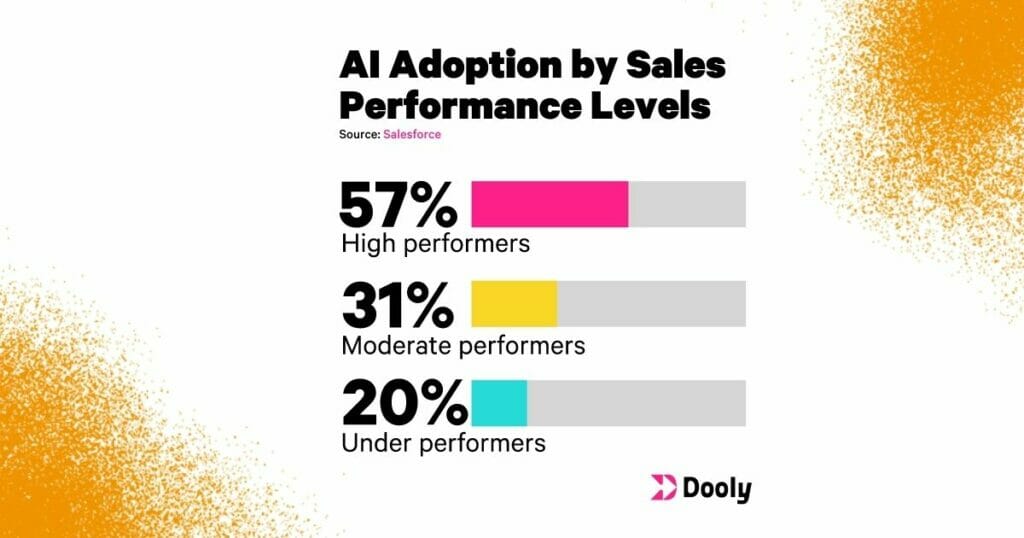
3. Find Ways to Save Your Reps Time
It’s no secret that reps spend only 59% of their workday actually selling. So, what can you put in a place in terms of a process or tech that actually saves them time?
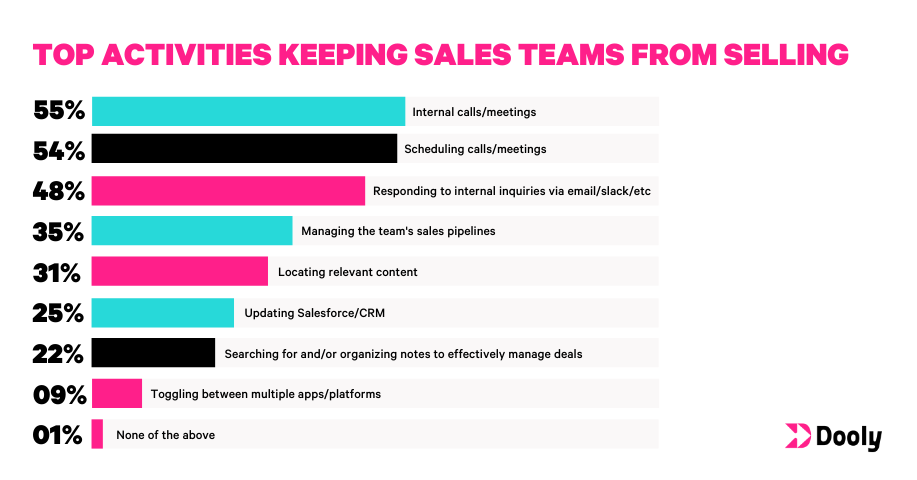
Some examples include:
- Incorporating playbook elements that automatically fill data gaps based on the shape and size of the opportunity
- Implementing a CRM solution that makes data-entry as painless as possible and thoroughly documenting the process so that reps can take full advantage
- Cutting down on context switching by helping your reps focus on one client or record at a time instead of jumping back and forth
The Right People + The Right Process = $$$
When faced with underwhelming sales results, it’s natural to feel the urge to expand your team instead of optimizing.
But mixing in new processes that provide valuable context or save reps time is the best way to convert the middle segment of your reps into high-performers — and streamline optimized processes for consistent revenue across the board.
Why go through the trouble?
Let’s end by going back to one example from that HBR article. In the early 2000s, Cisco reduced the time its sales reps spent on non-selling activities by just a few hours each week. This small improvement led to hundreds of million dollars in additional revenue for the company.
That was 15+ years ago. With where sales tech is today, imagine what you can do in 2022 and beyond.
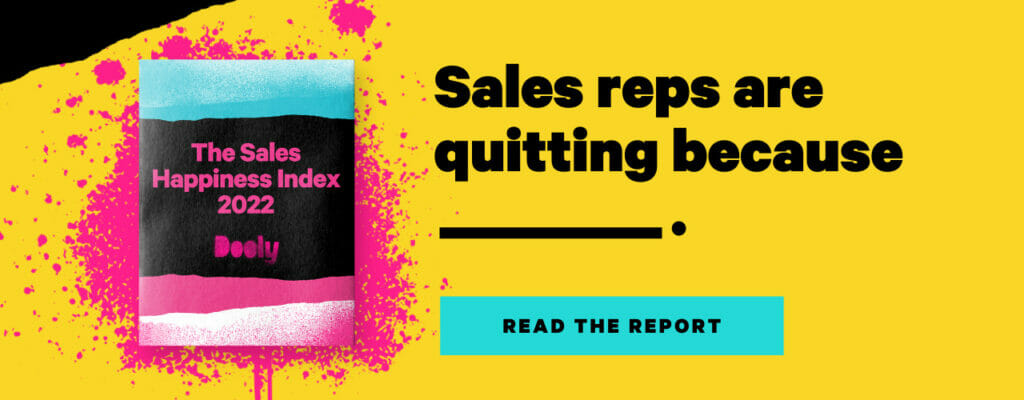
Join the thousands of top-performing AEs who use Dooly every day to stay more organized, instantly update their pipeline, and spend more time selling instead of mindless admin work. Try Dooly free, no credit card required. Or, Request a demo to speak with a Dooly product expert right now.

